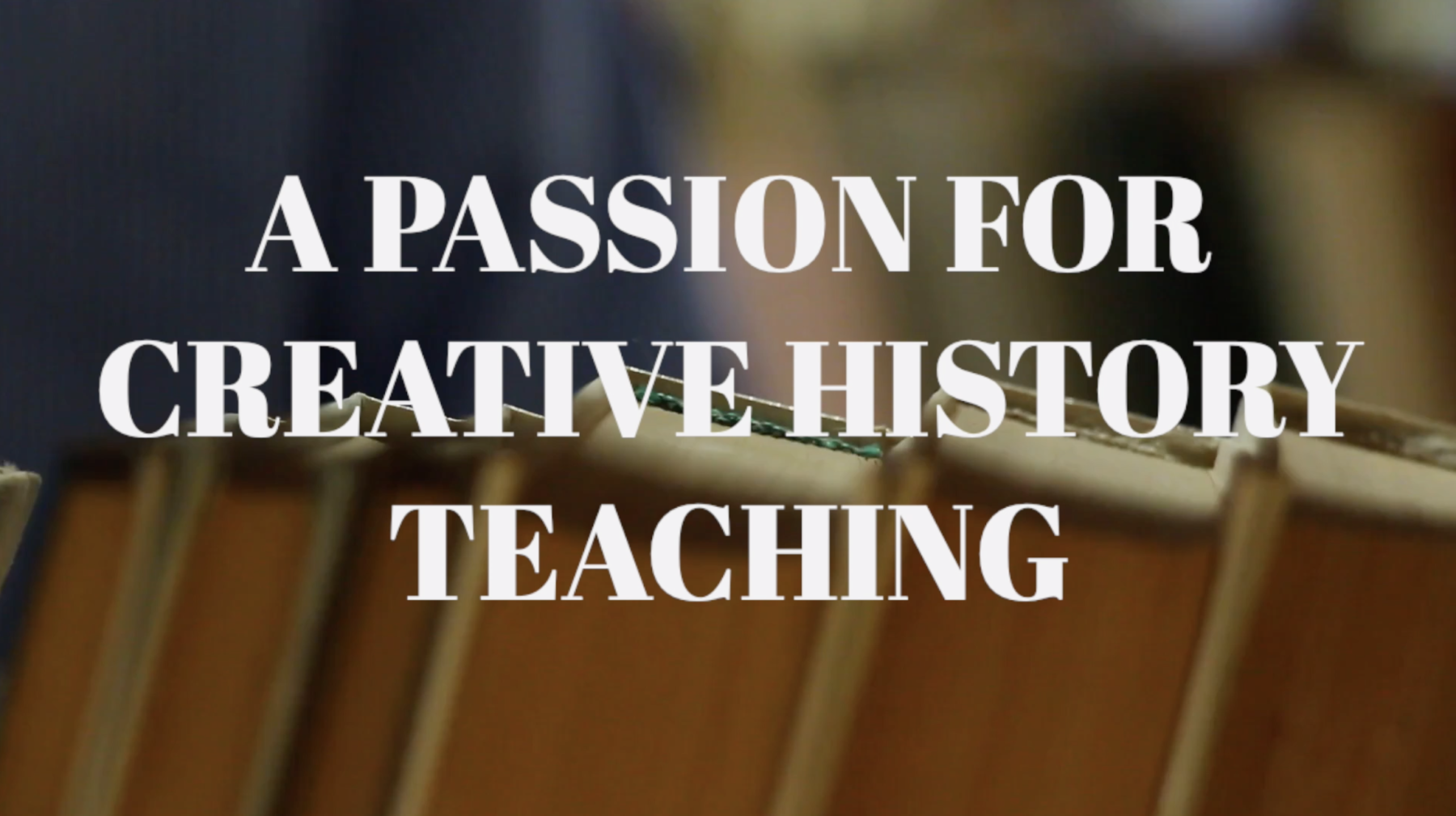A PASSION FOR CREATIVE HISTORY TEACHING

Starting out as a teacher, I went right back to that which I had become accustomed. Throughout college, professors would assign reading and then in class would tell us about the text in two hour lectures. I loved it. I enjoyed reading. I enjoyed talking about history. And so did most of the other students in the class—after all, we were all History majors. Once I started teaching History in High School, I was genuinely surprised when students were not engaged and excited about History class and the lectures I provided. I spend hours creating elaborate keynotes—one year I even recorded all my lectures and flipped my class. I believed that students would engage the online lectures and if I could just provide better lectures, students would engage. That never was the case. Students who participated, always engaged. Students who would not participate, would not engage with my lectures.
I found a passion and a burning question concerning this problem, and I have only become more obsessive about it.
Why is History class boring for so many?
How can I make History classes more exciting and engaging?
What if I stop lecturing all together and start creating inquiry and sensory-oriented project-based learning?
Warren Berger’s A More Beautiful Question inspired inspired their articulation. And wrapped within them are wicked problems in education that I am determined to solve (Berger, 2014, p.213)
Once my school adopted an iPad 1:1 program, solutions to my questions began presenting themselves. We started using the iPad to conduct in-depth research, creative multimodal projects, and the information necessary to replicate the experiences of those in the past.
In the video below, I showcase new projects all adopted this school year, taught over the last five months since I started a Masters in Educational Technology at MSU. Several of these activities were inspired by the pedagogical challenges the program has facilitated.
The cuneiform tablet creation, papyrus paper creation, and the cave painting simulation all required students to research what materials were used for their production. In the case of the cave paintings, students studied what pigments and materials were needed to create the paints. While somewhat low-tech, the students had spent weeks using iPads for guided research and inquiry leading up to these creations.
The final student creation displayed in the video is an interactive LED trade route map project that I developed in one of the first courses I took in the MAET program (CEP811 — Adapting Innovative Technologies in Education). In this course, we were asked to design a lesson plan in which students, in makerspaces, would create a tech-integrated project. This was the first time I tried the activity with students, yielding exciting results.
My students are engaged, excited, and more curious than ever before.
I am determined to make History exciting, engaging, and passion-filled.
And I hope that I will inspire my fellow teachers to do the same—to at least set aside some of the lecture time and engage the students’ passions and senses through creativity and creation, aided by their content, technology, and good pedagogy (TPACK).
In the words of Thomas L Friedman, “The old average is over” (Friedman, 2013). The hyper-connected world we live in now demands the best teachers and most passionate professionals to take the lead in their fields. I want to be part of that community shifting education into a better 21st century.
References:
Berger, W. (2014). A more beautiful question. New York, NY. Bloomsbury USA.
Friedman, T. L. (2013, January 30). It’s P.Q. and C.Q. as Much as I.Q. Retrieved December 10, 2018, from https://www.nytimes.com/2013/01/30/opinion/friedman-its-pq-and-cq-as-much-as-iq.html

